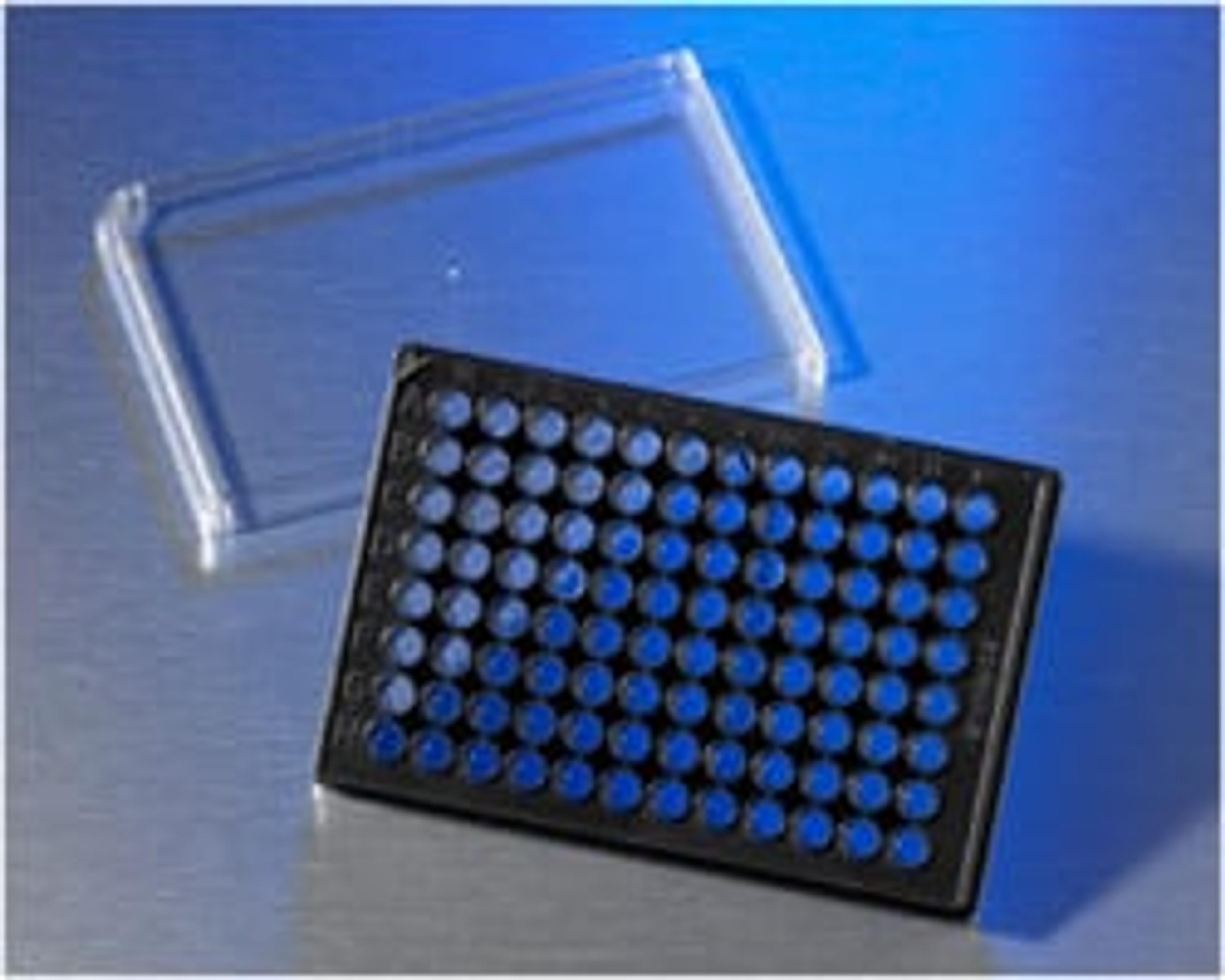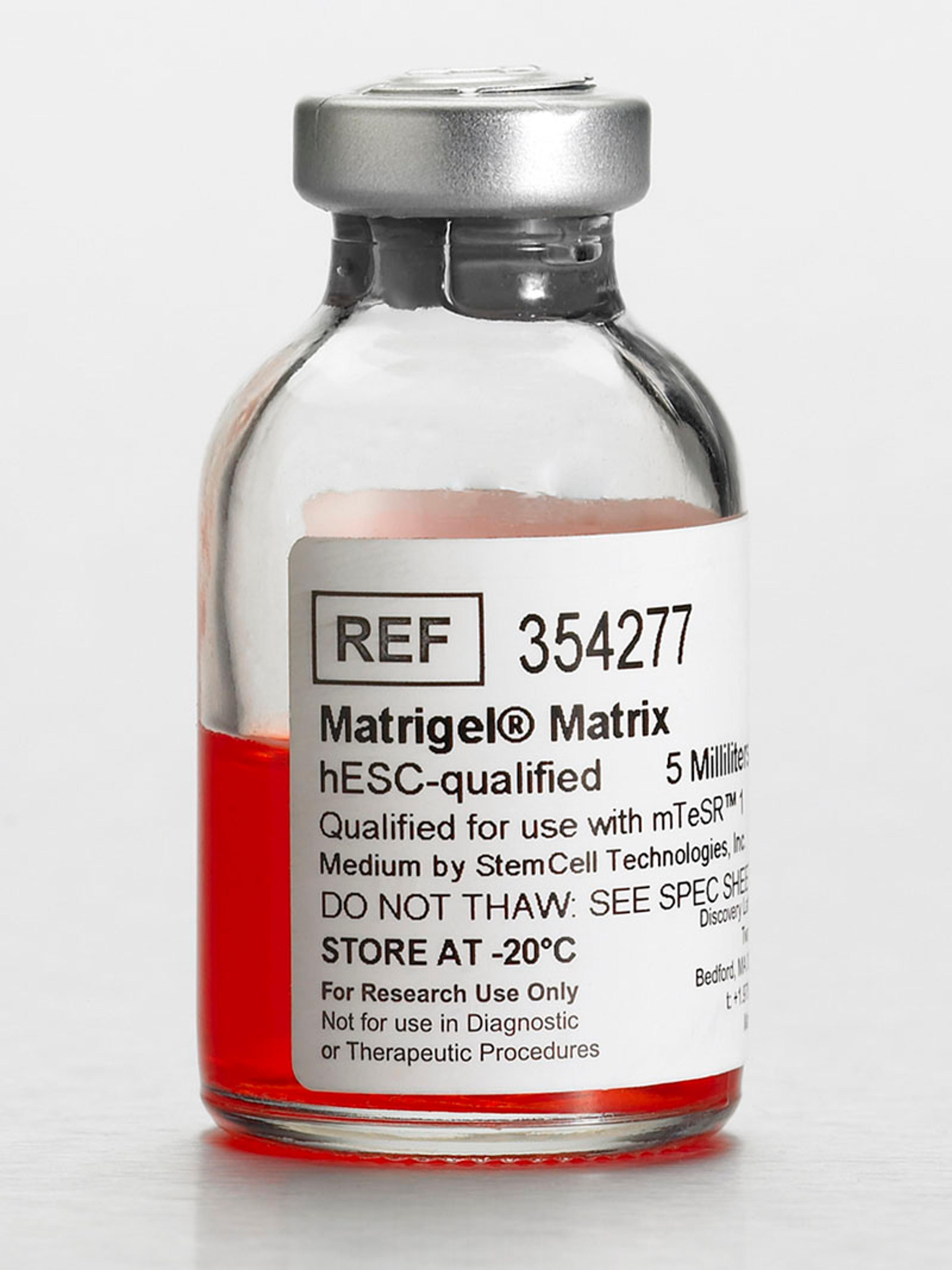A Novel Method for Generating Single Intestinal Organoids for High-Throughput Screening
Hilary Sherman and Hannah J. Gitschier M.S. Corning Incorporated, Life Sciences Kennebunk, ME USA
10 Apr 2019
For successful drug development there is a constant need to recapitulate the in vivo environment as much as possible. However, currently many high throughput screening (HTS) applications utilize two dimensional (2D) monocultures that may not accurately reflect in vivo conditions. The in vitro organoid model allows for the study of in vivo developmental and biological processes, including tissue renewal, stem cell functionality, and drug responsiveness. As organoids are self-organizing and more accurately resemble the morphological and molecular biology of the tissue they are derived from, they have great potential for serving as better model systems for these applications. Most recently established methods call for generating organoids in microplates or multiwell plates which results in the formation of multiple organoids per well. Thus, there is a need for methods to form reproducible, single organoids per well for HTS applications.
In this application note, Corning Life Sciences demonstrate the formation of gastrointestinal organoids derived from human induced pluripotent stem cells (hiPSC) in Corning® 96-well spheroid microplates in combination with Corning Matrigel® matrix, resulting in a single intestinal organoid in each well. Differentiation into definitive endoderm and intestinal lineage was confirmed by flow cytometry and immunostaining methods.
Want to know more? Download the application note >>


